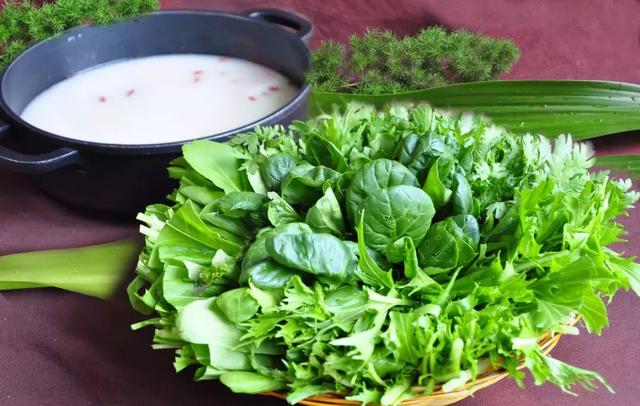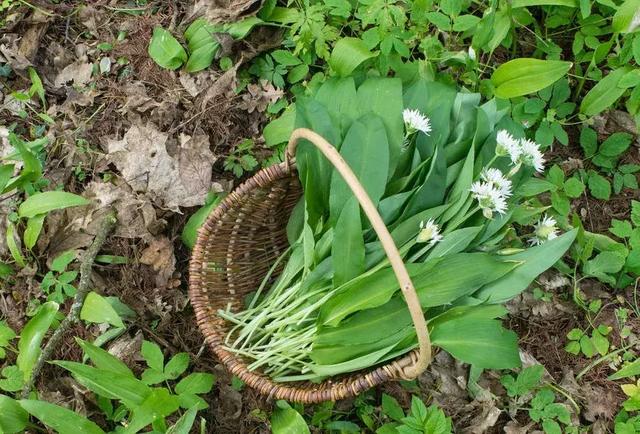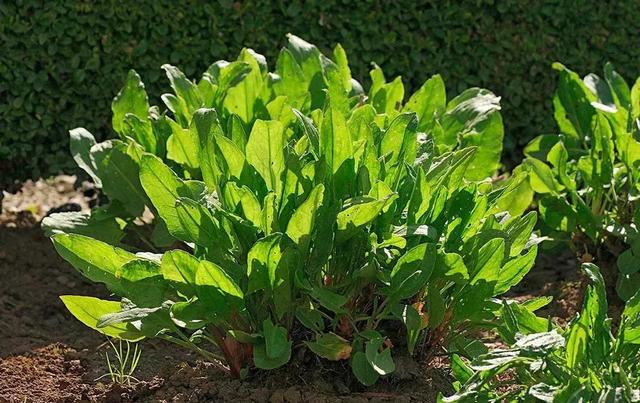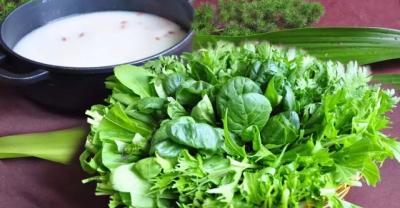What is the prospect of planting wild vegetables in rural areas?
We know that wild vegetables have pure quality and are a wonderful gift from nature. They are pollution-free, nutritious, fresh and delicious, and are one of the best ingredients. So what are the prospects for growing wild vegetables in the countryside? Quickly follow the small agricultural bacteria to understand!
What are the prospects of growing wild vegetables in the countryside?

With the continuous improvement of people's living standards, wild vegetables, which used to symbolize a hard life, are now favored by people, such as cabbage, Artemisia annua, shepherd's purse, bitter herb and other wild vegetables, which are not only popular on the dinner table of citizens. Hotel restaurants often list them as the first choice of vegetables.
Why are wild vegetables popular?
First, it is rich in nutrition, can prevent and treat diseases, and has a better health care function.
Second, because wild vegetables have strong disease resistance and insect resistance, few chemical fertilizers and pesticides are applied in the planting process, which can keep wild vegetables pollution-free and pure quality.
Third, it conforms to the consumption tide of returning to nature quietly rising in the city. Wild vegetables can be directly classified as green pollution-free vegetables, which not only caters to people's fresh psychology, but also meets the requirements of eating "relaxed vegetables".
What do you need to pay attention to when growing wild vegetables?

Due to the large market demand for wild vegetables and good economic benefits, farmers in many places have invited wild vegetables into their contracted land for artificial cultivation. Now the cultivation of wild vegetables has developed from open-field cultivation to greenhouse-covered cultivation, so that the supply of wild vegetables, which can only be listed in a short period of time, has been postponed in advance to all seasons of the year.
First, the cultivation of wild vegetables can be carried out all the year round, depending on the season and the characteristics of wild vegetables. Winter warm shed can be used in cold season, arched shed or open field cultivation can be used in spring and autumn, and wild vegetables which do not like strong light in summer should be cultivated with sunshade net.
Second, most wild vegetables take tender stems, leaves or bolts as products, and some also use white, fat and tender fleshy roots for consumption. Therefore, on the basis of applying sufficient base fertilizer, it is necessary to dig the loose soil deeply. Topdressing should be based on nitrogen fertilizer, combined with foliar spraying of potassium dihydrogen phosphate, urea and zinc sulfate solution to make the leaves thicker and brighter and improve the quality of the products.
Third, most wild vegetables have strong resistance and adaptability, and their roots are well developed, but some are well-developed fleshy roots. Therefore, the cultivation of wild vegetables is still better to loose and fertile sandy soil, to avoid stagnant water in the field, so that drought can be irrigated and waterlogging can be drained.

Fourth, do not use pesticides, in order to ensure that wild vegetables are natural and green pollution-free, generally do not apply pesticides.
Fifth, wild vegetables are mostly propagated by seeds, such as bitter herb, shepherd's purse, purslane, gray vegetable, dandelion and so on. Some wild vegetables have developed perennial roots, which can be propagated separately, such as Chinese wolfberry, mint and so on. Some small shrubs can also be propagated by annual branches, such as rooting powder.
Sixth, you can buy wild vegetable seeds by yourself. scientific research departments have bred in batches and can buy them. For example, the vegetable and Flower Research Institute of the Chinese Academy of Agricultural Sciences has mastered a considerable number of wild vegetable provenances. Some local wild vegetables that have not yet been mass-bred have to be collected or bred in the wild or in the field by themselves. Operator: Zhao Ying MX007
- Prev

Five tips for planting daffodil balls
Know that many partners have their own daffodil balls, but many friends are bought daffodils directly hydroponic culture, of course, the main point here is also.
- Next

Planting Methods and Propagation of Flowers--Orchid
Orchid has always been regarded as a symbol of noble elegance in China, and is juxtaposed with "plum, bamboo and chrysanthemum", collectively known as "four gentlemen". So how do orchids grow...
Related
- Fuxing push coffee new agricultural production and marketing class: lack of small-scale processing plants
- Jujube rice field leisure farm deep ploughing Yilan for five years to create a space for organic food and play
- Nongyu Farm-A trial of organic papaya for brave women with advanced technology
- Four points for attention in the prevention and control of diseases and insect pests of edible fungi
- How to add nutrient solution to Edible Fungi
- Is there any good way to control edible fungus mites?
- Open Inoculation Technology of Edible Fungi
- Is there any clever way to use fertilizer for edible fungus in winter?
- What agents are used to kill the pathogens of edible fungi in the mushroom shed?
- Rapid drying of Edible Fungi

